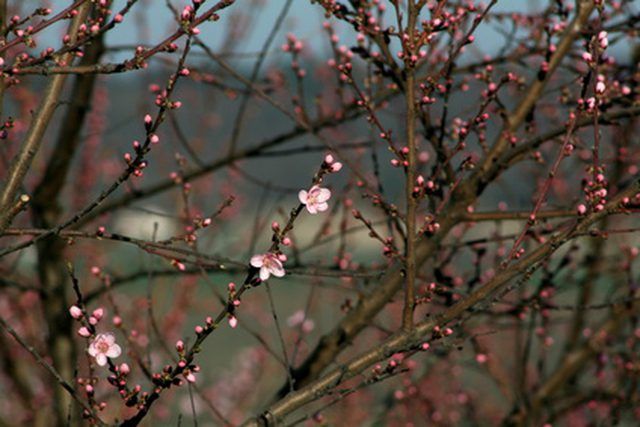Bulbs
Flower Basics
Flower Beds & Specialty Gardens
Flower Garden
Garden Furniture
Garden Gnomes
Garden Seeds
Garden Sheds
Garden Statues
Garden Tools & Supplies
Gardening Basics
Green & Organic
Groundcovers & Vines
Growing Annuals
Growing Basil
Growing Beans
Growing Berries
Growing Blueberries
Growing Cactus
Growing Corn
Growing Cotton
Growing Edibles
Growing Flowers
Growing Garlic
Growing Grapes
Growing Grass
Growing Herbs
Growing Jasmine
Growing Mint
Growing Mushrooms
Orchids
Growing Peanuts
Growing Perennials
Growing Plants
Growing Rosemary
Growing Roses
Growing Strawberries
Growing Sunflowers
Growing Thyme
Growing Tomatoes
Growing Tulips
Growing Vegetables
Herb Basics
Herb Garden
Indoor Growing
Landscaping Basics
Landscaping Patios
Landscaping Plants
Landscaping Shrubs
Landscaping Trees
Landscaping Walks & Pathways
Lawn Basics
Lawn Maintenance
Lawn Mowers
Lawn Ornaments
Lawn Planting
Lawn Tools
Outdoor Growing
Overall Landscape Planning
Pests, Weeds & Problems
Plant Basics
Rock Garden
Rose Garden
Shrubs
Soil
Specialty Gardens
Trees
Vegetable Garden
Yard Maintenance
How to Prune Ornamental Pear Trees
How to Prune Ornamental Pear Trees. Ornamental pear trees are popular in home and commercial landscapes for their three-season interest. In spring, they produce clusters of small white flowers, followed by lush green foliage in summer and vibrant red-orange-maroon color in fall. Callery, or Bradford, pear is the ornamental pear most often planted,...

Ornamental pear trees are popular in home and commercial landscapes for their three-season interest. In spring, they produce clusters of small white flowers, followed by lush green foliage in summer and vibrant red-orange-maroon color in fall. Callery, or Bradford, pear is the ornamental pear most often planted, but its dense, vertical branch growth and multiple trunks make it susceptible to ice and snow damage. Relatively short-lived at 20 years, ornamental pear is a tree that needs pruning.
Things You'll Need
Ornamental pear trees
Gloves
Short-handled pruning shears
Long-handled pruning shears
Yard waste bags
Prune in fall or early spring, when the ornamental pear tree is young, dormant and less susceptible to fungus or insect damage. Disease and insects are attracted to wounds caused by pruning.
Put on gloves and begin low on the tree, working up. Clip away shoots or "suckers" from the bottom third of the tree with short-handled pruning shears. These shoots will eventually turn into multiple trunks if left alone.
Prune off lateral branches higher on the trunk with short- and long-handled pruning shears, depending on the height of the branch. The goal is to leave lateral branches spaced 10 inches apart, thinning the canopy of the tree. The remaining branches will be more resistant to snow and ice damage and promote a strong framework for the tree's growth.
Thin out dense, vertical growth on the remaining branches to promote good air circulation through the thick canopy of ornamental pear. Ventilation will prevent fungus and bacteria from colonizing in the canopy, especially in high-humidity climates.
Trim out dead, diseased, broken or wilting branches from ornamental pear whenever you see them. When cutting close to the trunk, leave a quarter-inch stub to avoid damaging the trunk bark. Do not cut branches flush with the trunk of ornamental pear trees.
Cut pruned branches into manageable lengths, rake up twigs and leaves, and dispose of them in yard waste bags. Sterilize the blades of your pruning equipment by dipping them in boiling water for 30 seconds to prevent transmission of fungus or disease to other plants.
Tips & Warnings
Callery ornamental pear does produce fruit, but it's very small and inedible.
Wear gloves when working with Callery pears that are not the Bradford variety. Bradford does not have thorns, while other Callery varieties have very sharp ones.